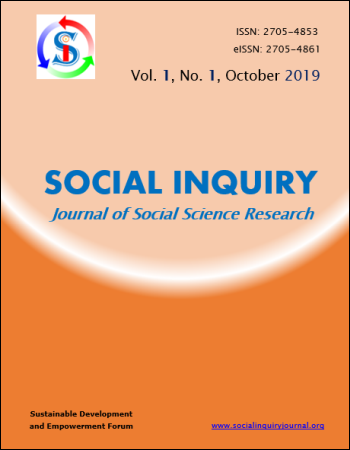Contemporary Socio-Cultural Issues in Recent Mithila Paintings
DOI:
https://doi.org/10.3126/sijssr.v1i1.26913Keywords:
S.C. Suman, Rani Jha, feminist agenda, hope despairAbstract
This article examines how Mithila art functions as a window to Maithili values and its current innovations in the field which notes the change both in society and the canvas. Two illustrious contemporary Mithila painters, Rani Jha from India and S. C. Suman from Nepal, shows how Mithila art has swerved from traditional motifs and themes to the on-going socio-cultural and socio-political issues even as the aim of painting is commercial, that is, to earn money by making the art saleable among foreign tourists and art lovers. While Rani Jha mostly highlights women’s issues, Suman remains engaged with Nepal’s volatile political situation which sometimes makes him pessimistic and sometimes optimistic. It also makes the point that Mithila painting is largely women-centred, despite the hold of patriarchy. The one, controlling, socio-semiotic meaning of Mithila art is that it is an expression of women’s assertiveness and agency of their subjectivity within the Lakshman Rekha drawn by Maithili patriarchy. The objective of this research is to show how the geographically confined Maithili drawing happens to communicate larger issues at national and global levels at a fresh time. And to prove the main argument, this study makes use of the theoretical framework of socio-semiotic analysis. A semiotic analysis of the artwork in the light of the specific socio-cultural contexts of Mithila reveals that the art not only alerts and modifies the mindset of the stakeholders but also visualizes the socio-cultural troubles of the existing era.




